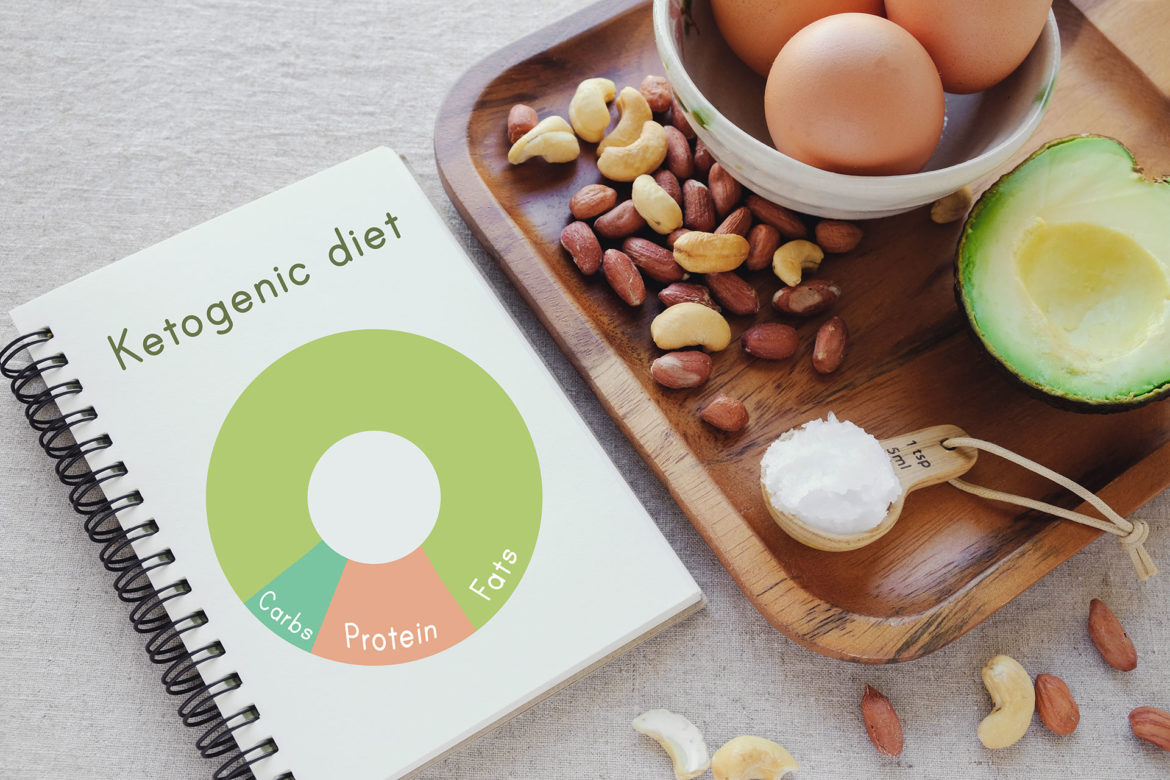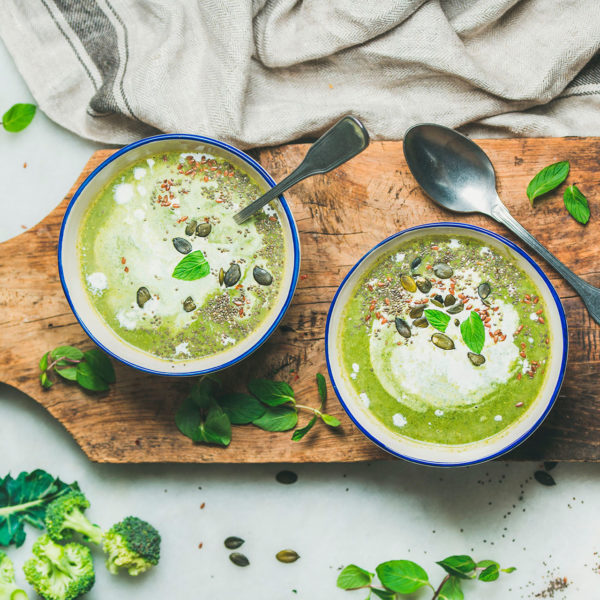Planning a daily menu isn’t difficult as long as each meal and snack has some protein, fiber, complex carbohydrates, and a little bit of fat.
Here’s what you need to know about each meal:
Eating breakfast will help you start your day with plenty of energy. Don’t ruin your breakfast with high-fat and high-calorie foods. Choose some protein and fiber for your breakfast; breakfast is also a good time to eat some fresh fruit.
A mid-morning snack is totally optional. If you eat a larger breakfast, you may not feel hungry until lunchtime. However, if you’re feeling a bit hungry and lunch is still two or three hours away, a light mid-morning snack will tide you over without adding a lot of calories.
Lunch is often something you eat at work or school, so it’s a great time to pack a sandwich or leftovers that you can heat and eat. Or, if you buy your lunch, choose a healthy clear soup or fresh veggie salad.
A mid-afternoon snack is also optional. Keep it low in calories and eat just enough to keep you from feeling too hungry because dinner is just a couple of hours away.
Dinner is a time when it’s easy to over-eat, especially if you haven’t eaten much during the day, so watch your portion sizes. Mentally divide your plate into four quarters. One-quarter is for your meat or protein source, one-quarter is for a starch, and the last two-quarters are for green and colorful vegetables or a green salad.




Ribeye turducken capicola biltong spare ribs tri-tip pastrami, salami beef kevin. Tongue leberkas burgdoggen.
Pig sausage beef ribs andouille tri-tip beef. Ball tip fatback burgdoggen hamburger jowl filet. Mignon pancetta short ribs venison brisket pork chop. Kevin pork meatball flank, bacon jerky ham cow cupim chicken.
Short loin short ribs kielbasa, swine jerky chuck sausage tenderloin shank.